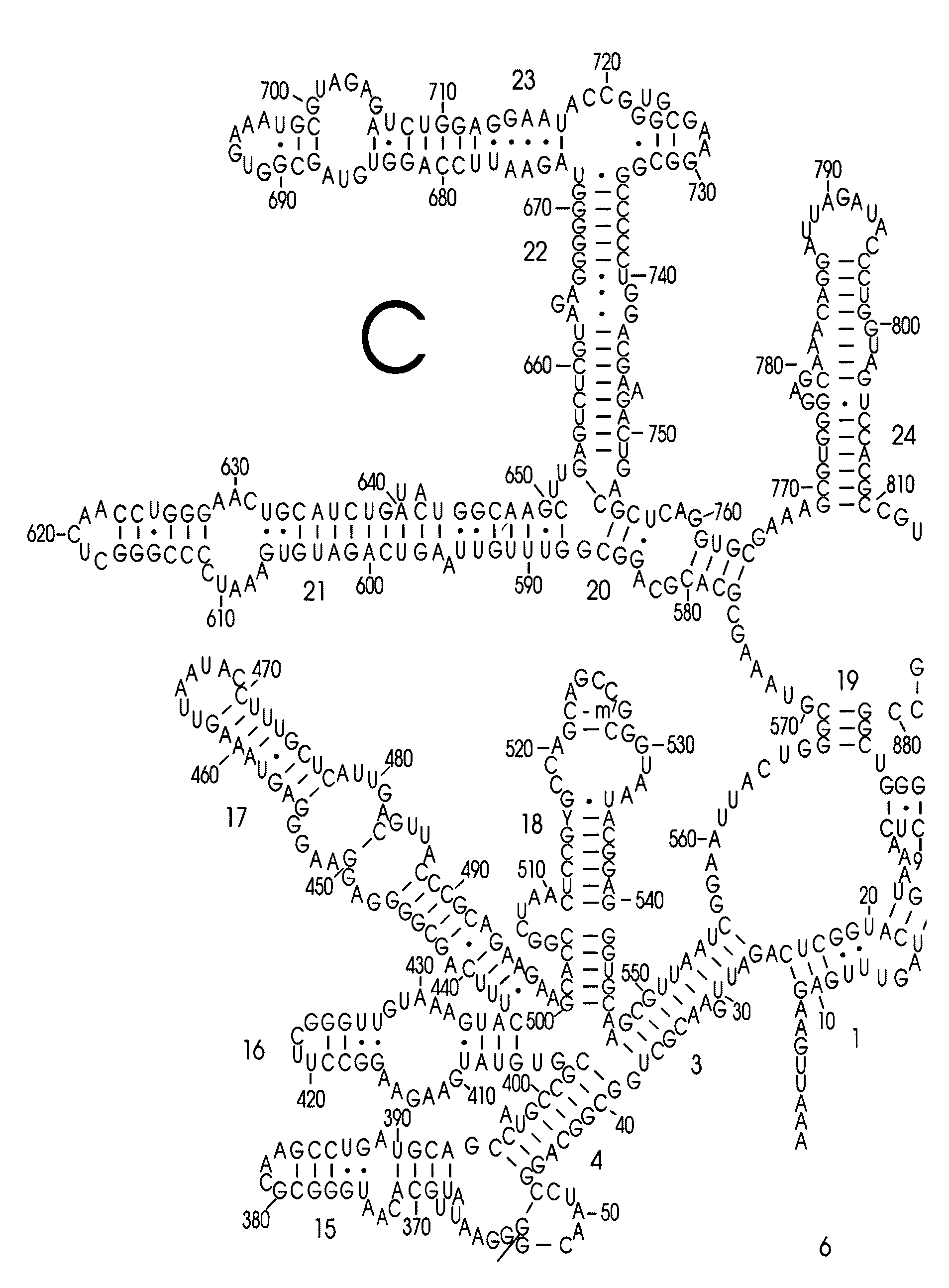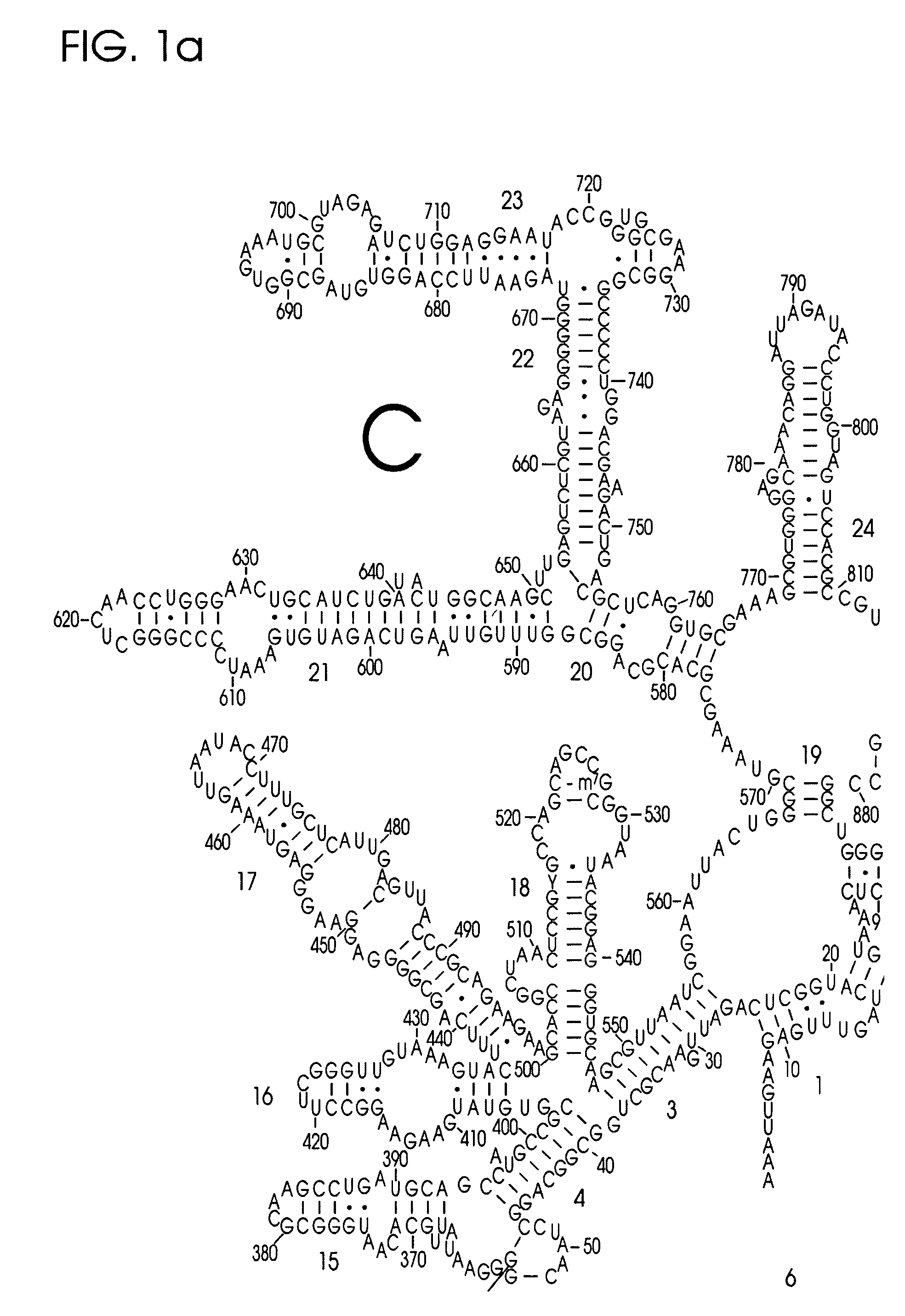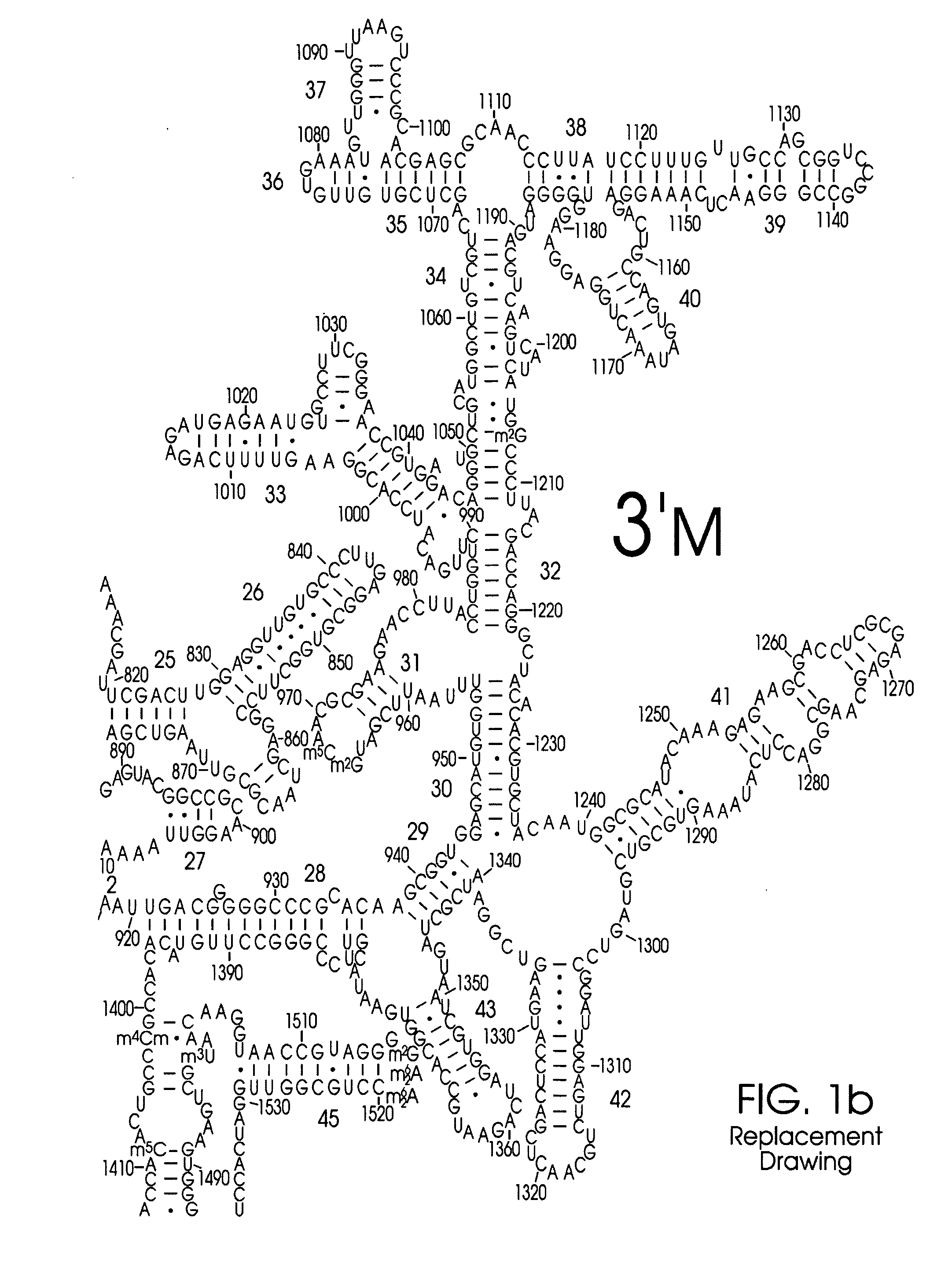Use of Nucleic Acid Probes to Detect Nucleotide Sequences of Interest in a Sample
a nucleic acid sequence and probe technology, applied in the direction of microorganism testing/measurement, biochemistry apparatus and processes, etc., can solve the problems of difficult access to probes to certain segments, high susceptibility to contamination, and relatively short time it takes to perform, so as to improve the sensitivity of assays, improve the accuracy of nucleic acid hybridization assays, and reduce signals
- Summary
- Abstract
- Description
- Claims
- Application Information
AI Technical Summary
Benefits of technology
Problems solved by technology
Method used
Image
Examples
example 1
Propagation and Preparation of Microorganism Stock Cultures
[0191]The lysis protocol used to obtain nucleic acids suitable for downstream assays was tested using known organisms obtained from the American Type Culture Collection (ATCC®, Manassas, Va. USA).
TABLE 1Microorganisms ATCC ® Numbers and Gram Stain StatusOrganism Name andGram Stain Status = G+ or G− or NA(If Not Applicable)ATCC ® NumberEscherichia coli8739G−Bacillus subtilis subsp. Spizizenii6663G+Burkholderia cepacia25416G−Pseudomonas aeruginosa9027G−Staphylococcus epidermidis12228G+Candida albicans10231NASaccharomyces cerevisiae NRRL Y-5679763NAAspergillus niger16404WLRI 034(120)NAEnterococcus faecium35667G+Enterococcus gallinarum700425G+Kocuria rhizophila9341G+Pseudomonas putida49128G−Pseudomonas fluorescens13525G−Ralstonia pickettii AmMS 15S49129G−Stenotrophomonas maltophilia13637G−Bacillus cereus11778G+
[0192]All organisms with the exception of Aspergillus niger ATCC® 16404 were propagated from the source culture by follo...
example 2
PCR Validation of the Results in Example 1
[0226]To confirm the results achieved in the detection assay of Example 1 (Table 3), polymerase chain reaction (PCR) amplification was performed as a validation method. PCR amplification was performed on each of the isolated nucleic acids from the model microbial contamination cultures of Example 1 using two Gram-negative specific primers. The sequences of the forward and reverse primers used consisted respectively of 5′-CCG CAG AAG AAG CAC CGG C-3′ (SEQ ID NO.: 5) and 5′-TGT RTG AAG AAG GYC T-3′ (SEQ ID NO.: 6) both from IDT. R is defined as a purine (adenine of guanine). Y is defined as a pyrimidine (thymine or cytosine).
[0227]Each of the frozen isolated nucleic acids from the model microbial contaminated cultures of Example 1 were removed from −80° C., thawed, and then were used as templates by making 1:100 dilutions in sterile, deionized water. PCR amplification was performed in duplicate on each of the fifteen frozen nucleic acids. The ...
example 3
[0231]Referring to Example 1, Applicants surprisingly observed that Zonyl® FSA surfactant used in the hybridization and wash buffers surprisingly exhibited superior reduction of non-specific background signal as compared to traditional, non-specific blocking agents experimentally evaluated by Applicants, including bovine serum albumin, and detergents such as Tween® 20, SuperBlock® Blocking Buffer, Denhardt's solution, and various polyethylene glycols. All of these traditional blocking agents were used at concentrations consistent with accepted literature methods and all gave unacceptably high backgrounds as compared to those achieved with the Zonyl® FSA as used in Example 1. Applicants observed significant foaming and interference arising from vortexing and / or shaking when using traditional detergents or surfactants in hybridization protocols. This foaming can interfere with the complete removal of the buffer solutions used for hybridization and / or washing. Also, Applicants surprisi...
PUM
| Property | Measurement | Unit |
|---|---|---|
| temperature | aaaaa | aaaaa |
| temperature | aaaaa | aaaaa |
| temperature | aaaaa | aaaaa |
Abstract
Description
Claims
Application Information
 Login to View More
Login to View More - R&D
- Intellectual Property
- Life Sciences
- Materials
- Tech Scout
- Unparalleled Data Quality
- Higher Quality Content
- 60% Fewer Hallucinations
Browse by: Latest US Patents, China's latest patents, Technical Efficacy Thesaurus, Application Domain, Technology Topic, Popular Technical Reports.
© 2025 PatSnap. All rights reserved.Legal|Privacy policy|Modern Slavery Act Transparency Statement|Sitemap|About US| Contact US: help@patsnap.com



